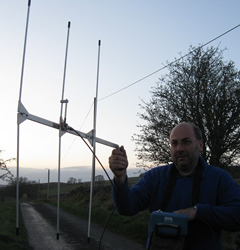Planning and Protected Species
Since January 2007, planners in Scotland have been required to look at all planning applications in the light of the European Habitats Directive. This means that the following must be considered:
- Are any protected species present on the site?
- If they are, what are the potential implications for that species?
- If negative effects are likely, can they be prevented by voluntary changes to plans or by conditions on planning permission?
- If negative effects cannot be prevented, is the granting of a licence by the Scottish Government likely?
The effect in practical terms is that planners may require the applicant to commission a protected species survey, in order to provide answers to these questions. In the case of a large scale development an Environmental Impact Assessment may be required, with these surveys forming a part of it. For small applications the scope of survey will depend on the site and what is proposed. For example, surveys of Bats and breeding birds may be required if a building or trees are going impacted but Otters only if there is a watercourse close enough to be disturbed.
Most species have an optimum time of year for surveys, and usually a season when surveys are impossible. We strongly recommend you have an informal chat with us at the very outset of a project. We can advise on what surveys are likely to be required and when they can be carried out, so that you can include this in your project plan. Waiting to be told by planners what they require increases the risk of costly delays. Local authorities can no longer grant planning consent with a condition that a protected species be carried out: the survey must be done before consent can legally be granted.



